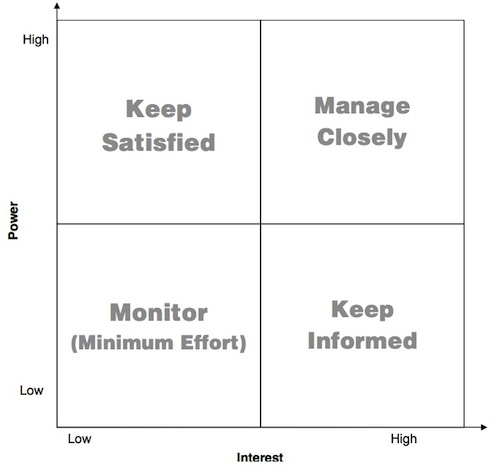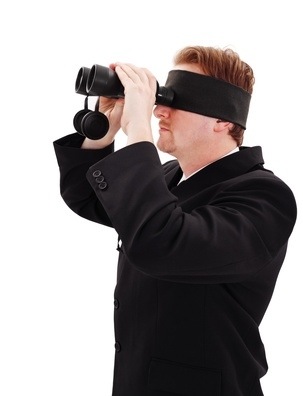
The longer I lead and manage people the more I realize that the most important element in leading and managing people is actually people.
Sometimes we seem to forget that principle.
Leadership is about people. It’s relational. It depends on learning how to interact with people, how to encourage them, how to have healthy conflict, how to recruit them, and how to keep them informed.
You get the idea.
This is not new information, but the problem is every decision a leader makes impacts people. Some make the leader popular. Other decisions make the leader unpopular. Therefore, if not intentional it’s easy for many leaders to become people-pleasers, trying to make sure everyone is happy. Other leaders go to another extreme and become a controlling leader; never allowing anyone input into the leader’s life or the decision making process.
I can be guilty of this as well.
One solution for me has been to do a stakeholder analysis of the situation before making major decisions. When I consider the person’s interest and power or influence in the organization it can help the way I respond in making the decision, who’s involved in that process, and help us stay focused towards the mission, while still valuing people.
This diagram shows a typical stakeholder analysis model:
Thanks to MindTools.com for this diagram. You can read more about how to use this tool HERE.
If you have an individual on your team with high interest and high power, such as a passionate key leader, you may react differently to their concern over an issue than someone who has little interest in your church and never intends to be a part of the church. As an example, the one-time guest who criticizes your music program may not be the voice you listen to most, but you probably should consider the voice of an elder.
I realize some may see this process as cold or even uncaring, but actually I see it as a paradigm by which to apply wisdom to a circumstance. It helps protect and advance Kingdom work more effectively. Ultimately, I think our goal as a leader should be to bring the best people to the table, eliminate obstacles involving people, value people, and yet protect the mission of the organization. Doing a stakeholder analysis may help with that.
Could this be a helpful tool for you?
Have you seen the need to analyze the stakeholders in making decisions?








Twitter: Glengaugh
says:
I like the way this diagram conceptualizes the relationship between impact and influence. Thanks for the new tool! Glen Gaugh, @glengaugh and glengaugh.wordpress.com
Team Spirit is very high when stakeholders are involved in making decisions.
Absolutely
I agree with you. I think that's very similar to what we all do naturally in our lives when people give us advice. The highly influential leaders in your church got there for a reason, the same way highly influential people came into our lives: they got there by loving us. If they refuse to show that love anymore, they loose their power in our lives. So, if someone who loves you gives you advice, naturally it's something to consider more than if someone who likes you does. I can see how that attitude could be used to justify cold actions or people pleasing (so-and-so can hurt me the most, so they get their way), but when handled well, that strategy is just good skills at taking advice wisely.
Good take Tevor. Thank you.
Excellent tool, Ron! A common mistake that leaders make is to attempt to be all things to all people. It's important to keep track of the people you are working with and what they each bring to the project. It does seem cold, but this intentional accounting of a leader's energy allows the perform at their highest level and do what's best for everyone involved.
Thanks Kenny